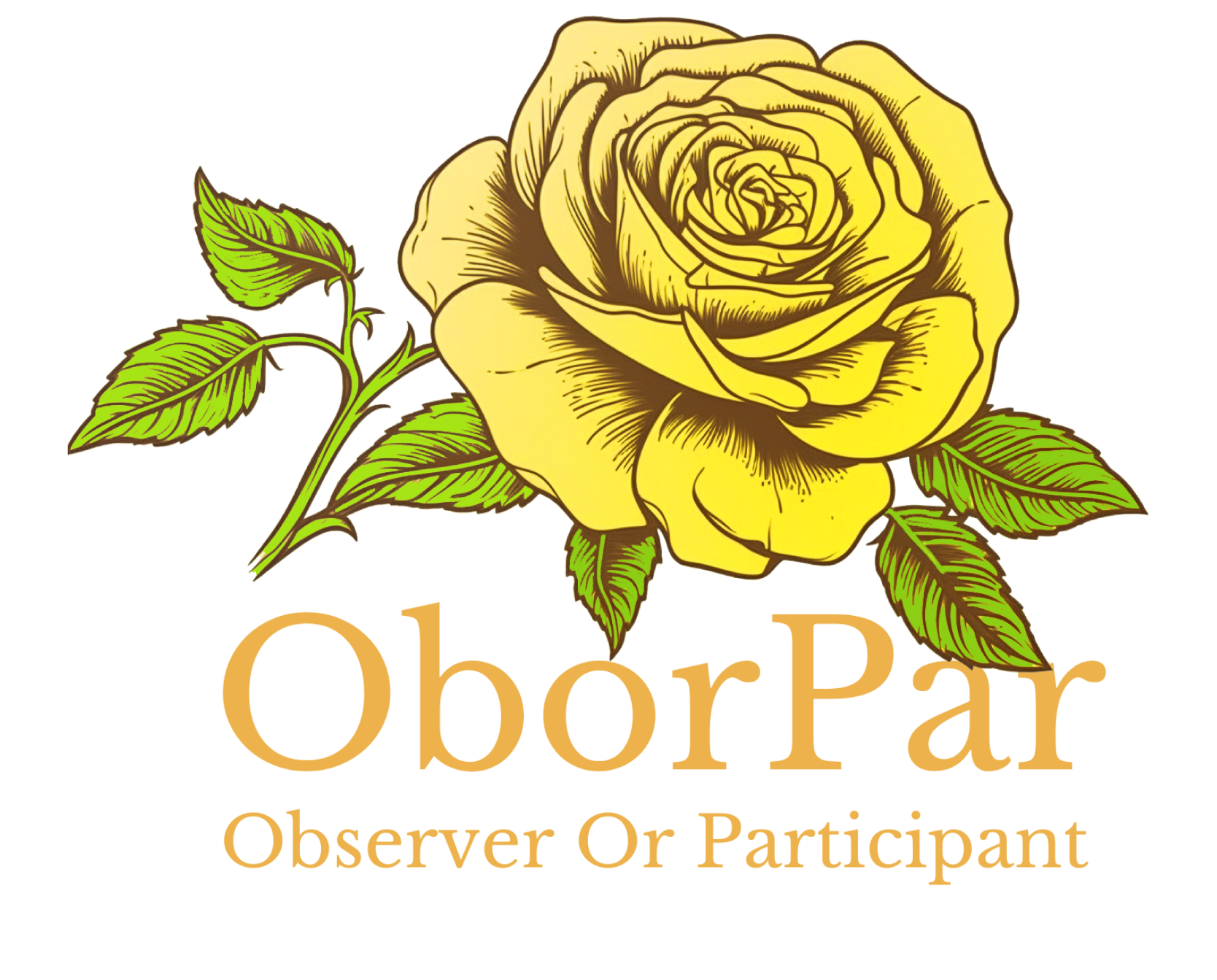Embroidery has been used for centuries to add decorative elements to clothing, from traditional cultural garments to modern high-fashion designs. Embroidery is an art form that involves stitching designs onto fabric using thread, beads, and other materials. In recent years, embroidery has become increasingly popular in apparel design, adding texture, depth, and personality to garments. In this article, we will explore the art of embroidery in apparel design and the ways in which it is being used to create unique and eye-catching designs.
History of Embroidery in Apparel Design
Embroidery has been used in apparel design for centuries, with evidence of embroidery dating back to ancient Egypt and China. In many cultures, the embroidery was a sign of wealth and status, and only the wealthy could afford to have garments adorned with intricate designs. In medieval Europe, embroidery was used to decorate religious garments, and in the 16th and 17th centuries, embroidery was used to embellish clothing worn by the nobility.
Embroidery remained a popular form of decoration throughout the 19th and 20th centuries, with many cultures developing their own distinct embroidery styles. In the 1960s and 1970s, embroidery became a popular form of self-expression, with many people creating their own embroidered designs on their clothing.
Contemporary Embroidery in Apparel Design
In recent years, embroidery has made a comeback in apparel design, with designers using embroidery to add texture, depth, and personality to their garments. Embroidery can be used to create intricate patterns, floral motifs, and even portraits. Embroidery can also be used to add texture and dimension to a garment, with designers using different materials, such as beads, sequins, and feathers, to create a unique look.
Embroidery can be applied to a wide range of garments, from denim jackets and jeans to evening gowns and accessories. Embroidery is often used to create one-of-a-kind pieces that stand out from the crowd, with designers using embroidery to create unique designs that cannot be replicated by a machine.
The Art of Hand Embroidery
While machine embroidery is becoming increasingly popular in apparel design, many designers still prefer to use traditional hand embroidery techniques. Hand embroidery allows for greater control over the stitching and allows the designer to create intricate designs that cannot be replicated by a machine.
The art of hand embroidery demands ample proficiency and endurance, as every single stitch necessitates meticulous placement to achieve the intended outcome. Many hand embroidery techniques, such as crewel embroidery and stumpwork, require a high degree of skill and are often passed down through generations of embroiderers.
In addition to the technical skills required for hand embroidery, many designers are also drawn to the meditative and therapeutic nature of the art form. Hand embroidery requires a lot of focus and concentration, and many embroiderers find the process of stitching to be a calming and centering activity.
Conclusion
Embroidery is a timeless art form that has been used in apparel design for centuries. In recent years, embroidery has made a comeback in the fashion world, with designers using the technique to add texture, depth, and personality to their garments. Embroidery can be applied to a wide range of garments, from casual denim jackets to high-end evening gowns, and can be used to create unique, one-of-a-kind designs that cannot be replicated by a machine.
Whether using traditional hand embroidery techniques or modern machine embroidery, embroidery remains an art form that requires skill, patience, and a love of the craft. As embroidery continues to evolve and adapt to new technologies and design trends, it will remain an essential element of apparel design, adding beauty, texture, and personality to the garments we wear.

